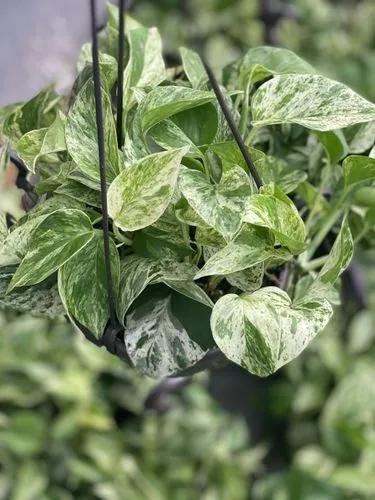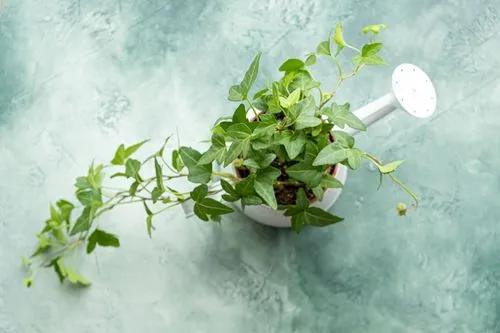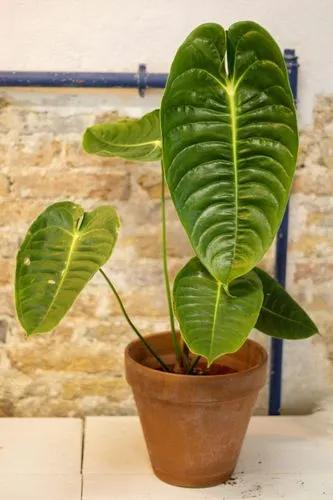The genus of Peperomia belongs to the pepper family, (Piperaceae). Out of all the wonderfully vibrant Peperomias, the one that looks strikingly similar to pepper itself is Peperomia maculosa. The leaves are a deep glossy green with pronounced veins.
Peperomia Maculosa Care
Peperomia Maculosa
Other names: Spotted Peperomia



How to Care for the Plant

Water

However, the ideal Peperomia maculosa care condition is at least 50% humidity level. They will thrive in high humidity zones. In summer months an occasional wash down of the leaves is advisable. Just make sure you do it on a watering day and only in the mornings so that the leaves dry out during the day.

Fertilizer

A nitrogen-rich fertilizer would be the best to grow Peperomia maculosa. Don't fertilize too frequently. Once in 4 to 6 weeks is sufficient. If you use chemicals then make sure you drench the soil deeply to avoid any chemical buildup.

Sunlight

Peperomia plants will do best in bright, indirect sunlight. An east or west facing window sill is ideal for them at most times of the year. The only thing to watch for is to ensure they don't get excessive direct sunlight during the summer months, as this can cause leaf scorching.

Soil

A soil composed of peat moss, loam, or sand, or any soil mixture with good drainage can be used. The soil should not be overly fertile.

Temperature

Your Peperomia prefers temperatures between 55-80 degrees during the day and should not get colder than 55 degrees at night. Feed once during the spring and once during summer with a liquid fertilizer for indoor plants.

Container

Peperomias may be grown in pots, shallow pans (dish gardens), or in hanging baskets.

Additional

Is actually toxic to dogs and cats.

Popularity

17 people already have this plant 8 people have added this plant to their wishlists
Discover more plants with the list below
Popular articles






